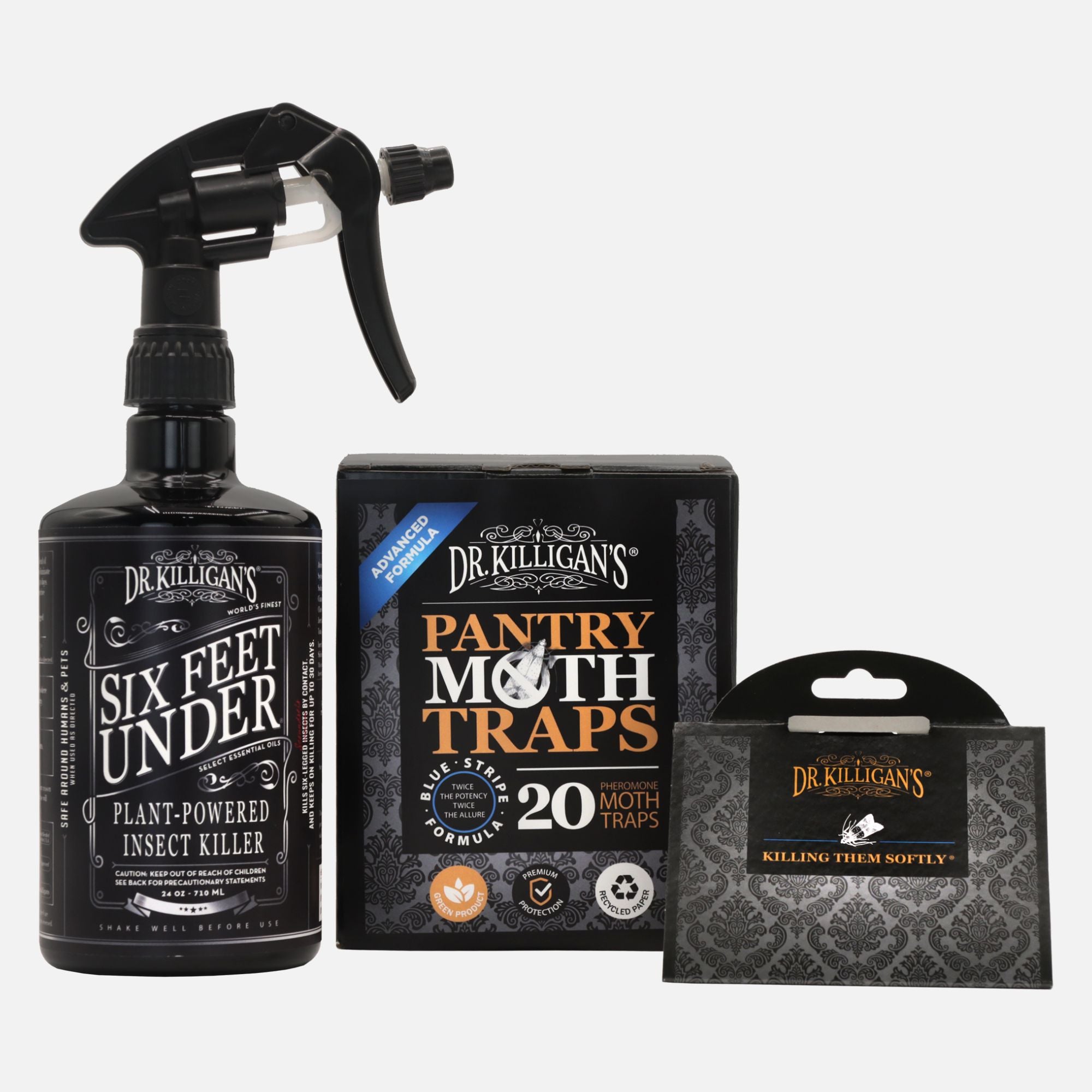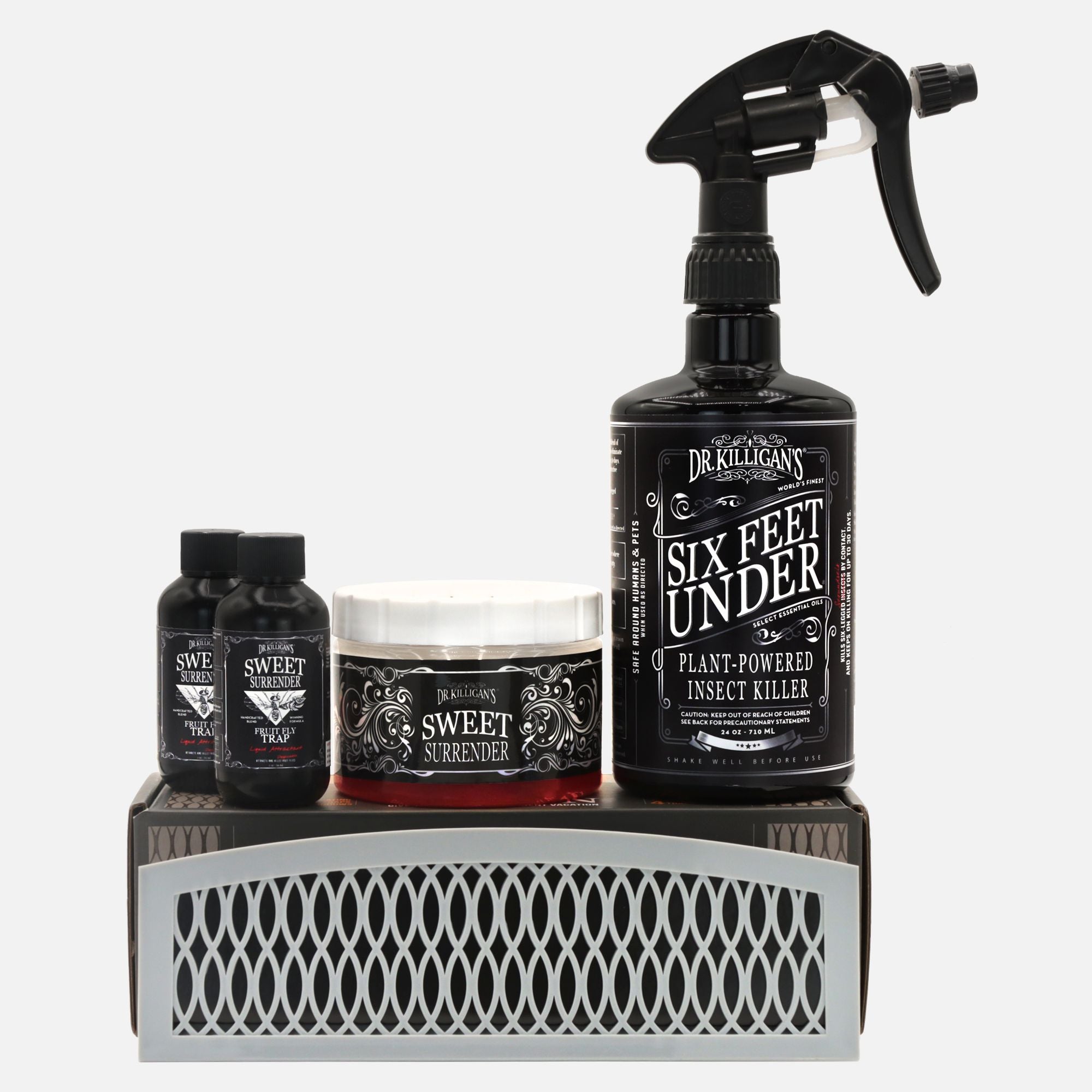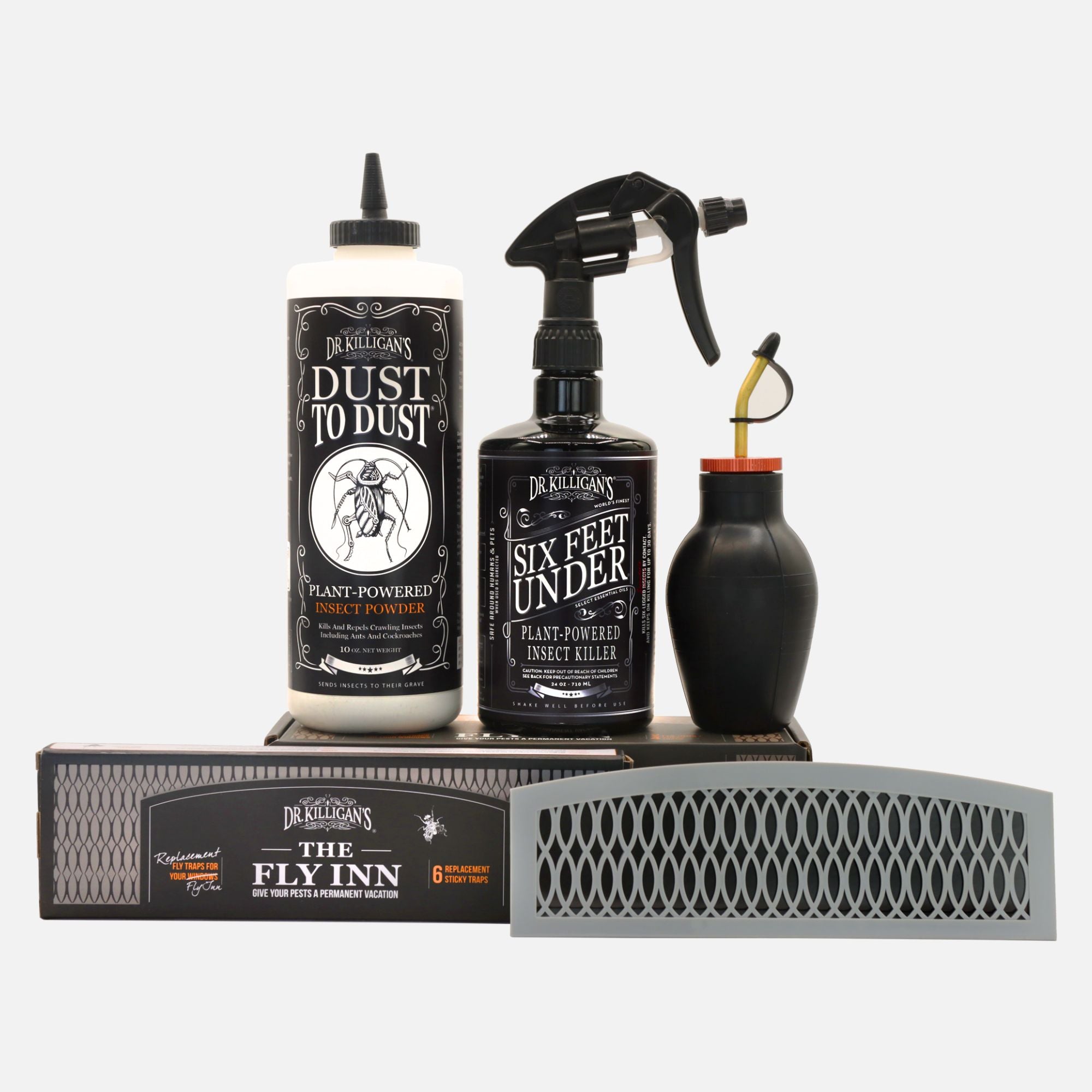There are a myriad of forms of silica. These forms find their way into various industries, from manufacturing and electronics to cosmetics and pharmaceuticals, weaving their way into countless applications.
What is silica?
Silica is a naturally-occurring compound that is composed of silicon and oxygen atoms. It is one of the most abundant minerals on Earth.
It is a major component of many rocks and minerals, such as quartz, sandstone and granite, and can be found in soil, clay and volcanic ash. Silica is also present in bodies of water, including oceans, lakes and rivers, and can be found in plants, animals and even in the human body.
What are the various forms of silica?
The five forms of silica include amorphous silica, crystalline silica, silica gel, colloidal silica and silica nanoparticles.
1. What is amorphous silica?
Amorphous silica refers to a form of silica that lacks a crystalline structure. It consists of randomly arranged silicon and oxygen atoms. This (random) arrangement gives amorphous silica unique and beneficial properties.
Note: Amorphous silica is the type of silica that we used in Dust to Dust, our non-toxic insect powder. Our use of amorphous silica in pest control is a mechanical approach, rather than a toxic-filled chemical one. Instead of relying on chemical toxins to kill pests, amorphous silica acts as an abrasive agent that physically damages the exoskeletons of insects and other pests. This mechanical action disrupts the pests' ability to retain moisture, leading to desiccation and eventual death. It provides an alternative method that does not involve the use of traditional chemical-based pesticides, making it a safer and more environmentally friendly option in pest control.

How is amorphous silica used?
Here are a couple unique examples:
- In tire production: Amorphous silica is used as a reinforcing filler in tire manufacturing. It improves the traction, grip and overall performance of the tires, especially in wet conditions.
- In shoe soles: Amorphous silica is a common ingredient in rubber compounds used for crafting athletic and performance footwear. It fortifies the shoe soles, boosting their durability, flexibility and traction. With its assistance, the soles gain a better grip on various surfaces, resist wear and tear and exhibit improved overall performance and longevity.
2. What is crystalline silica?
Crystalline silica has a crystalline structure, meaning that its atoms are arranged in a regular, repeating pattern which form a three-dimensional structure. Crystalline silica is a hard and brittle substance that has incredible strength, can withstand scorching temperatures and can conduct electricity.
How is crystalline silica used?
Here are two exceptional examples:
- In bricks: Crystalline silica fortifies the very foundation of these building blocks. When incorporated into the brick mixture, crystalline silica serves as a vital filler, bestowing unparalleled strength and structural integrity upon the final product.
- In glass: In the form of quartz or sand, it is a key ingredient in the production of various types of glass, such as window glass, bottles and mirrors. In addition to glass formulation, it helps improve its transparency, hardness and thermal stability.
Is crystalline silica more toxic than amorphous silica?
When inhaled, crystalline silica is more toxic to humans than amorphous silica. This is because it is less soluble. In fact, according to the American Journal of Physiology, “inhalation of crystalline silica ultimately leads to the development of pulmonary fibrosis.”
How this occurs: When we inhale crystalline silica particles, specialized immune cells in our lungs called alveolar macrophages try to remove them. However, the rigid nature of crystalline silica particles makes it challenging for these immune cells to fully eliminate them. As a result, repeated exposure to crystalline silica can lead to lung damage, inflammation and the development of respiratory diseases such as pulmonary fibrosis or silicosis. These conditions are characterized by the excessive formation of scar tissue in the lungs, impairing their function over time.

3. What is silica gel?
Recall the last pair of shoes you purchased? Tucked inside the bottom of the box was a tiny little white packet that read "Do not eat." That’s silica gel.
Silica gel is a moisture-absorbing marvel with countless microscopic pores that act like tiny sponges, efficiently trapping moisture from the surrounding environment. Its purpose is to create a dry environment by preventing the growth of mold, mildew or corrosion. Unlike other substances, silica gel retains its solid form while effectively absorbing moisture, making it a clean and reliable solution for moisture control.
How is silica gel used?
Here are a few common places where you might find silica gel:
- In shoeboxes: When purchasing new shoes, you might notice small packets of silica gel nestled inside the shoeboxes. They are placed there to absorb moisture and prevent the growth of mold or mildew.
- In medicine bottles: Many medications, particularly those in pill or capsule form, are sensitive to moisture. Silica gel packets are often included in medicine bottles to maintain a dry environment and prevent the degradation of the medication due to moisture exposure.
- In leather goods: Silica gel can also be found in packaging or included with leather goods like bags, wallets or jackets. Its moisture-absorbing properties help prevent moisture-related damage, such as mold or mildew growth, that can affect the quality and lifespan of leather products.
4. What is colloidal silica?
Colloidal silica is a suspension of very fine, solid particles of silicon dioxide in a liquid medium, typically water. Think of it like a bowl of gelatin dessert with tiny particles spread throughout. The particles in colloidal silica are so small that they don't settle at the bottom of the liquid but remain suspended, dispersing evenly and creating a gel-like texture.
How is colloidal silica used?
Here’s one distinctive example:
- In investment casting: Colloidal silica serves as a key ingredient in creating the ceramic shells that envelop the delicate wax patterns. Acting as a binder, it binds the ceramic particles together, forming a robust and resilient shell that can withstand the extreme temperatures and stresses of the casting process. It also contributes to the surface quality of the castings, as its presence helps create a smooth and flawless surface, capturing every fine detail of the wax pattern.
5. What are silica nanoparticles?
Silica nanoparticles are tiny particles composed of silica on a nanoscale. These minuscule wonders possess unique properties due to their size and structure. With dimensions measured in billionths of a meter, they exhibit remarkable characteristics such as high surface area, enhanced reactivity and optical properties.
How are silica nanoparticles used?
Here are two noteworthy examples:
- In microchips: They help improve the efficiency and performance of electronic devices through enhancing conductivity, reducing heat generation and enabling miniaturization.
- In lithium-ion batteries and supercapacitors: They make batteries more reliable, longer-lasting and more efficient by helping to store and release energy effectively, ensuring optimal performance.
How does Dr. Killigan’s use silica?

I have always been an explorer of new frontiers, a pursuer of the best non-toxic ingredients, a purveyor of pest control solutions. This, my friend, is how I came across silica and its power to combat unwanted intruders. Through meticulous research and experimentation, I have harnessed the exceptional properties of this mineral to create one of my latest products: Dust to Dust. This ingenious formulation not only leverages the desiccating properties of amorphous silica - which has lower toxicity when compared to crystalline silica - but also features the revolutionary integration of two nano-tech essential oils - rosemary essential oil and peppermint essential oil. The combination of silica and these carefully selected essential oils creates a formidable weapon against pests. Silica, known for its ability to absorb moisture, acts as a dehydrating agent that effectively dries out and eliminates insects. The nano-tech essential oils, on the other hand, bring their powerful and targeted insecticidal properties to the table. By encapsulating these essential oils within the silica particles, my team and I have unlocked their full potential, ensuring a controlled and sustained release for maximum impact.
With Dust to Dust, I have pushed the boundaries of pest control solutions, delivering a product that is not only highly effective but also safe for both humans and the environment. I am proud to offer a non-toxic alternative that doesn't compromise on performance. Dust to Dust is a testament to my unwavering commitment to providing the best, most innovative solutions in the field of pest control. So rest assured, my friend, that with Dust to Dust in your hands, you have a powerful tool to combat unwanted intruders and reclaim your space from the clutches of pests.




















